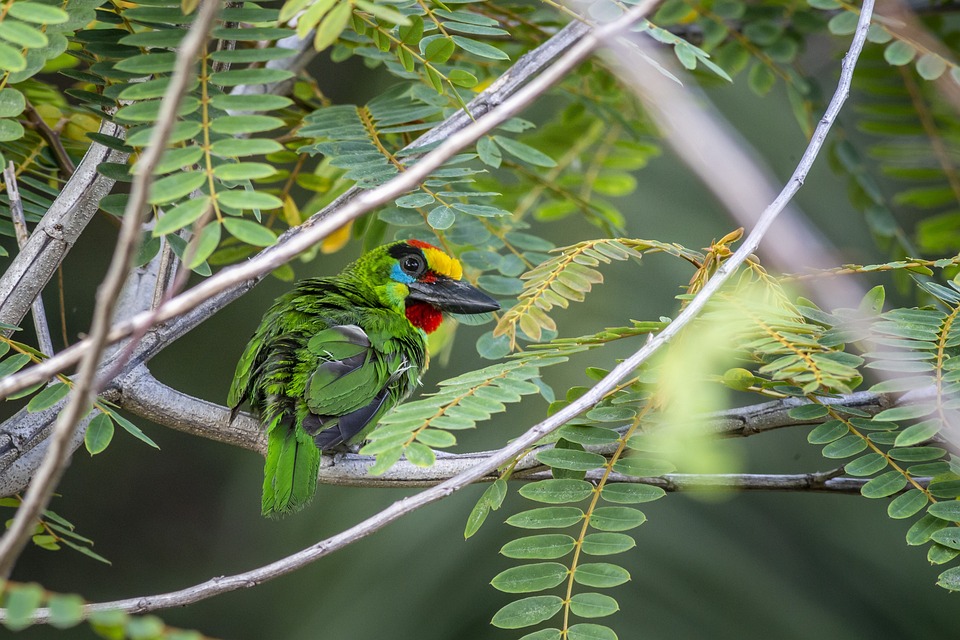Header: How to Discourage Parrots from Getting Frustrated During Challenging Tricks
Subtitle: Tips and Techniques to Ensure a Positive Training Experience
Introduction:
Parrot training can be an exciting and rewarding experience for both you and your feathery friend. However, as parrots are intelligent creatures, they can easily become frustrated when faced with difficult tricks or tasks. This article aims to provide you with valuable insights and techniques to help discourage frustration during training, ensuring a positive and enjoyable experience for your parrot.
Understanding Parrot Frustration:
1. Recognizing Frustration Signs:
– Vocalizations and screams
– Feather plucking or biting
– Aggressive behavior
– Destructive actions
2. Identifying Challenging Tricks:
– Trick complexity and physical demands
– Trick novelty or unfamiliarity
– Trick duration or repetition
Techniques to Discourage Frustration:
1. Maintain a Calm and Positive Environment:
– Choose a quiet training location
– Minimize distractions and noise
– Use positive reinforcement techniques
– Employ rewards and treats effectively
2. Break Down Complex Tricks:
– Divide complex tricks into smaller achievable steps
– Gradually increase difficulty level
– Provide ample practice time for each step
3. Use Appropriate Training Tools:
– Select suitable toys and props
– Utilize clickers or other training aids
– Consider target training techniques
4. Implement Regular Training Sessions:
– Keep sessions short and frequent
– Allow for rest and recreation time
– Maintain consistency in training routines
5. Be Attentive to Body Language:
– Observe your parrot’s body language cues
– Recognize signs of frustration or stress
– Adjust training techniques accordingly
FAQs:
1. Q: How long should each training session be?
– A: Training sessions should be kept short, typically around 10 to 15 minutes, to prevent exhaustion and frustration.
2. Q: My parrot gets easily distracted during training. What should I do?
– A: Minimize distractions by choosing a quiet training location and gradually introduce distractions once your parrot becomes more focused.
3. Q: How can I prevent my parrot from becoming aggressive during training?
– A: If your parrot shows signs of aggression, take a step back and assess the situation. Consult with a professional trainer to determine the underlying cause and develop a suitable training plan.
4. Q: Is it normal for my parrot to get frustrated during training?
– A: Yes, it is normal for parrots to experience frustration during challenging tasks. However, as responsible owners, our role is to minimize frustration levels and create a positive training environment.
5. Q: Should I continue training if my parrot seems frustrated?
– A: It is essential to assess your parrot’s emotional state during training. If signs of frustration persist, take a break and resume training at a later time or revise your training approach.
Conclusion:
Training a parrot can be a wonderful bonding experience, but it’s crucial to be aware of your parrot’s frustration levels. By understanding the signs of frustration, implementing appropriate techniques, and being attentive to your parrot’s body language, you can create a positive and rewarding training environment for your feathered companion. Remember, patience, consistency, and empathy are key when it comes to parrot training success.









